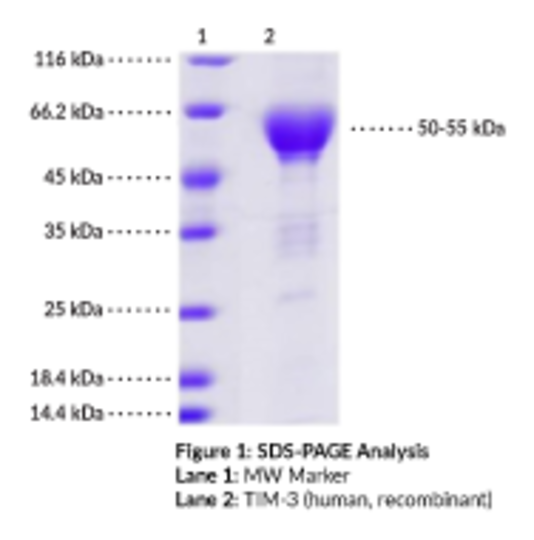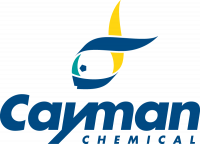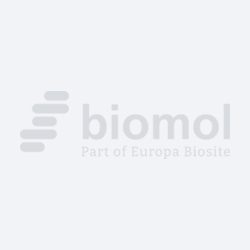Cookie-Einstellungen
Diese Website benutzt Cookies, die für den technischen Betrieb der Website erforderlich sind und stets gesetzt werden. Andere Cookies, die den Komfort bei Benutzung dieser Website erhöhen, der Direktwerbung dienen oder die Interaktion mit anderen Websites und sozialen Netzwerken vereinfachen sollen, werden nur mit Ihrer Zustimmung gesetzt.
Konfiguration
Technisch erforderlich
Diese Cookies sind für die Grundfunktionen des Shops notwendig.
"Alle Cookies ablehnen" Cookie
"Alle Cookies annehmen" Cookie
Ausgewählter Shop
CSRF-Token
Cookie-Einstellungen
FACT-Finder Tracking
Individuelle Preise
Kundenspezifisches Caching
Session
Währungswechsel
Komfortfunktionen
Diese Cookies werden genutzt um das Einkaufserlebnis noch ansprechender zu gestalten, beispielsweise für die Wiedererkennung des Besuchers.
Facebook-Seite in der rechten Blog - Sidebar anzeigen
Merkzettel
Statistik & Tracking
Endgeräteerkennung
Kauf- und Surfverhalten mit Google Tag Manager
Partnerprogramm

| Artikelnummer | Größe | Datenblatt | Manual | SDB | Lieferzeit | Menge | Preis |
|---|---|---|---|---|---|---|---|
| Cay32011-100 | 100 µg | - |
6 - 10 Werktage* |
449,00 €
|
Bei Fragen nutzen Sie gerne unser Kontaktformular.
Bestellen Sie auch per E-Mail: info@biomol.com
Größere Menge gewünscht? Bulk-Anfrage
Bestellen Sie auch per E-Mail: info@biomol.com
Größere Menge gewünscht? Bulk-Anfrage
TIM-3 is a member of the T-cell immunoglobulin and mucin-domain containing (TIM) protein family... mehr
Produktinformationen "TIM-3 Extracellular Domain (human, recombinant)"
TIM-3 is a member of the T-cell immunoglobulin and mucin-domain containing (TIM) protein family of immunoregulatory proteins and is encoded by the HAVCR2 gene in humans. It is a transmembrane protein composed of an N-terminal immunoglobulin variable (IgV) domain, as well as mucin stalk, transmembrane, and C-terminal cytoplasmic tail domains. The IgV domain contains cysteine residues that form non-canonical intramolecular disulfide bonds resulting in a cleft and channel not found in non-TIM immunoglobulin domains that is important for non-canonical ligand binding. TIM-3 is expressed primarily on T cells but is also expressed on other immune cells such as natural killer and dendritic cells. The TIM-3 ligand galectin 9 (Cay-32012), located on immune or tumor cells, binds to glycosylated sites of the IgV and mucin stalk domains and induces TIM-3 oligomerization to activate downstream signaling that impairs immune synapse formation and leads to T cell anergy or apoptosis. The TIM-3 IgV cleft domain binds non-canonical ligands, such as phosphatidylserine on apoptotic cells or CEACAM1 on antigen-presenting or tumor cells. TIM-3 is an inhibitory co-receptor that helps maintain immune tolerance but, when expressed on certain cells during chronic infection or cancer, can lead to immune exacerbation. Inhibition of the TIM-3 pathway by Tim-3 fusion or extracellular domain-only proteins prevents the induction of immune tolerance in a mouse islet allograft model or increases weight loss and tissue injury in a mouse model of TNBS-induced colitis, respectively. Expression of TIM-3 is decreased in patients with autoimmune diseases, including ulcerative colitis. TIM-3 is expressed on tumor-infiltrating T cells and expressed on a higher proportion of regulatory T cells from cancer patients. Its overexpression on T cells increases tumor progression in an EL4 mouse model of lymphoma, while TIM-3 inhibition decreases tumor growth in a mouse model of head and neck cancer. SNPs in HAVCR2 are associated with allergic diseases, immunity, and cancer. Cayman's TIM-3 Extracellular Domain (human, recombinant) protein is a disulfide-linked homodimer. The reduced monomer, comprised of TIM-3 (amino acids 22-200) fused to mouse IgG1 Fc at its C-terminus, consists of 412 amino acids, has a calculated molecular weight of 46.2 kDa, and a predicted N-terminus of Ser22 after signal peptide cleavage. As a result of glycosylation, the monomer migrates at approximately 50-55 kDa by SDS-PAGE under reducing conditions.Synonyms: CD366, Hepatitis A Virus Cellular Receptor 2 Precursor, KIM-3, T Cell Immunoglobulin and Mucin Domain-containing Protein 3, T Cell Immunoglobulin Mucin Receptor 3, T Cell Membrane Protein 3, TIMD-3. Purity: >90% estimated by SDS-PAGE. Source: Recombinant C-terminal mouse IgG2a Fc-tagged TIM-3 expressed in HEK293 cells. Amino Acids: 22-200. MW: 46.2 kDa. Formulation: (Request formulation change), Lyophilized from sterile 20 mM Tris, 150 mM sodium chloride, pH 8.5.
| Schlagworte: | CD366, Hepatitis A Virus Cellular Receptor 2 Precursor, KIM-3, TIMD3 |
| Hersteller: | Cayman Chemical |
| Hersteller-Nr: | 32011 |
Eigenschaften
| Konjugat: | No |
| Wirt: | Human cells |
| Spezies-Reaktivität: | human |
| MW: | 46.2 kD |
| Reinheit: | >90% estimated by SDS-PAGE |
| Format: | Lyophilized |
Datenbank Information
| KEGG ID : | K20414 | Passende Produkte |
| UniProt ID : | Q8VIM0 | Passende Produkte |
| Gene ID : | GeneID 171285 | Passende Produkte |
Handhabung & Sicherheit
| Lagerung: | -80°C |
| Versand: | -80°C (International: -80°C) |
Achtung
Nur für Forschungszwecke und Laboruntersuchungen: Nicht für die Anwendung im oder am Menschen!
Nur für Forschungszwecke und Laboruntersuchungen: Nicht für die Anwendung im oder am Menschen!
Hier folgen Informationen zur Produktreferenz.
mehr
Hier kriegen Sie ein Zertifikat
Loggen Sie sich ein oder registrieren Sie sich, um Analysenzertifikate anzufordern.
Bewertungen lesen, schreiben und diskutieren... mehr
Kundenbewertungen für "TIM-3 Extracellular Domain (human, recombinant)"
Bewertung schreiben
Loggen Sie sich ein oder registrieren Sie sich, um eine Produktbewertung abzugeben.
Zuletzt angesehen


